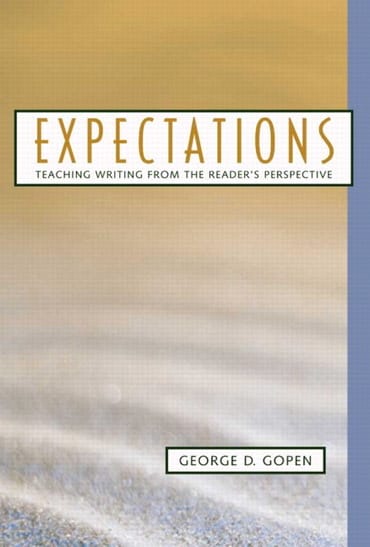Switch content of the page by the Role togglethe content would be changed according to the role
Sense of Structure, The: Writing from the Reader's Perspective, 1st edition
Published by Pearson (January 8, 2004) © 2004
- George Gopen
$90.66
Need help? Get in touch

Digital Learning NOW
Extend your professional development and meet your students where they are with free weekly Digital Learning NOW webinars. Attend live, watch on-demand, or listen at your leisure to expand your teaching strategies. Earn digital professional development badges for attending a live session.
